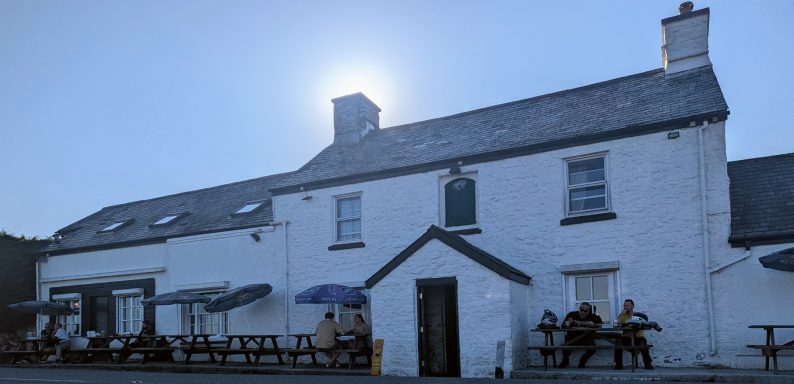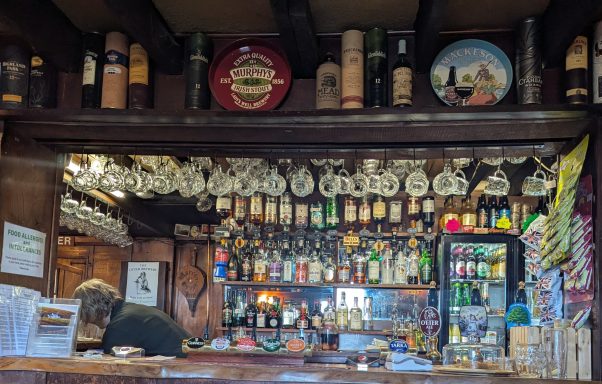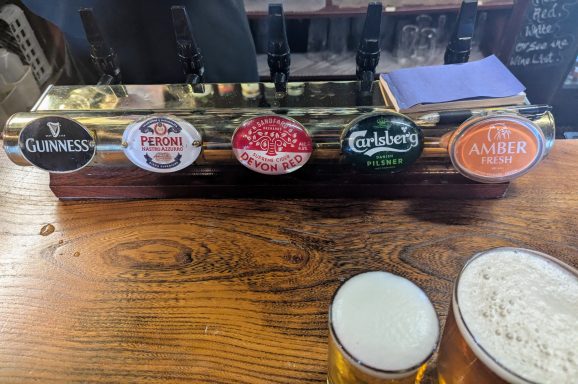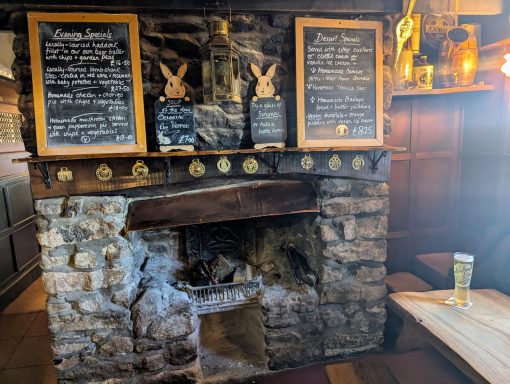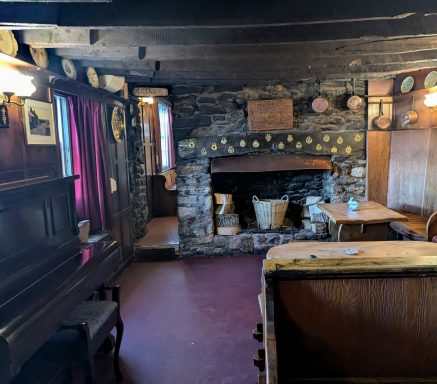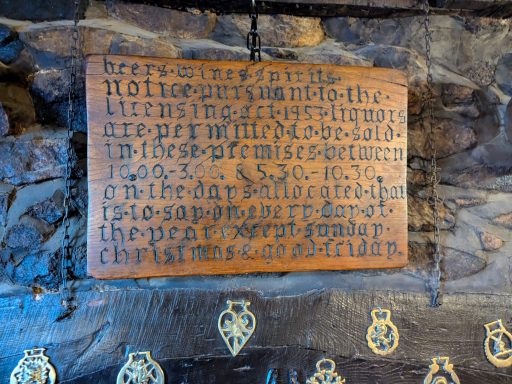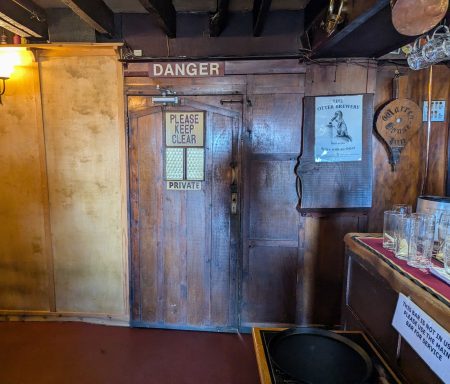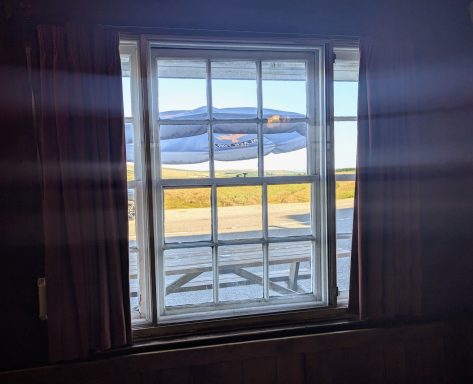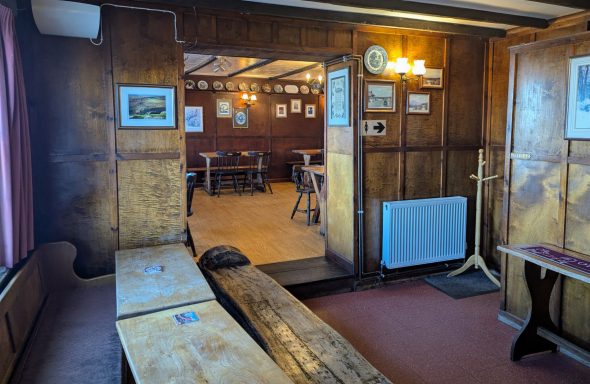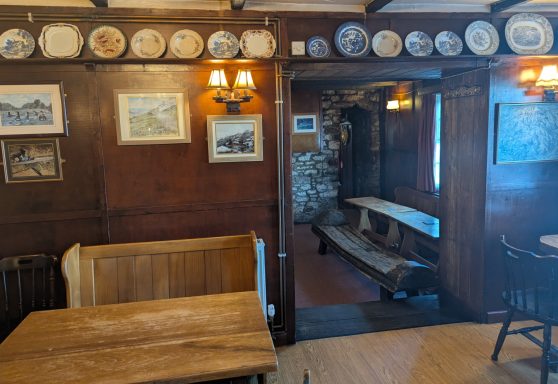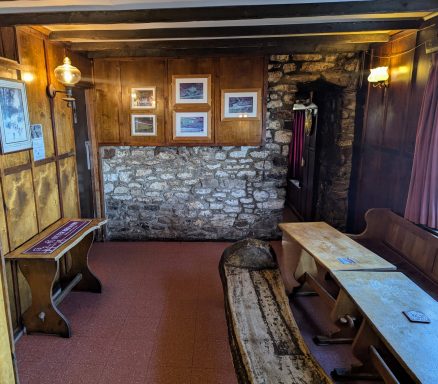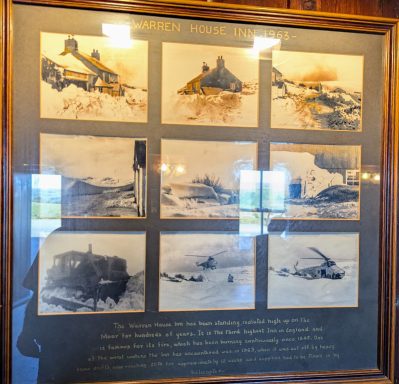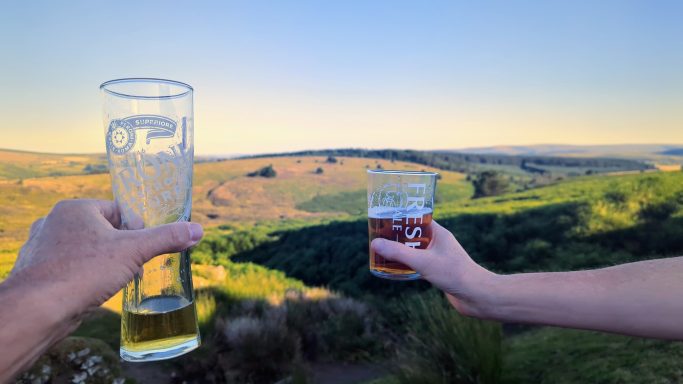Warren House Inn
Stepping into this venerable pub on the moors is like stepping back in time, in the most delightful way. Its authentically old-world interior exudes character and warmth, inviting you to settle in and soak up centuries of history.
But the true heart of this establishment, and indeed its legend, is the magnificent fire that famously never stops burning. This continuous blaze, rich with folklore and tradition, offers a constant, comforting glow, a timeless beacon of hospitality in the vast moorland landscape.
Beyond the pub's charming walls, you're greeted by expansive, breathtaking views that stretch across the rugged beauty of the moors. Whether it's the dramatic sweep of the landscape, the distant tors, or the wild ponies grazing freely, the scenery is a truly spectacular backdrop to your visit.
And to top it all off, the welcoming and friendly staff ensure every guest feels right at home, adding to the truly memorable and inviting experience of this unique moorland gem. It's a place where history, comfort, and nature combine to create an unforgettable escape.
P&P
Background....
The Warren House Inn is a truly iconic establishment nestled in the heart of Dartmoor, holding the distinction of being the highest pub in southern England. Its history is rich with tales and traditions:
Origins (18th Century): The first inn, known as "The New House," was built around 1760 on the opposite side of the road from the current location. It served the burgeoning tin mining community in the area, as well as workmen and travelers on the newly built Moretonhampstead turnpike road (1772).
Rebuilding and Renaming (1845): In 1845, the original inn was destroyed by fire. John Wills built a new building on the current site. Initially named "The Moreton Inn," it was later renamed by Jonas Coaker, the "Dartmoor Poet" who became landlord around 1850. The "Warren" in its name comes from the nearby rabbit warrens, which were a significant source of food and fur for the local community. The sign above the front door, depicting three rabbits with only three ears between them, is the assay mark of the Vitifer tin mine, reflecting the inn's historical connection to mining.
The Ever-Burning Fire: One of the most famous legends associated with the Warren House Inn is its continuously burning fire. Folklore dictates that when the inn was rebuilt in 1845, smouldering peat embers from the original building were carried across the road and used to ignite the new hearth. This tradition of keeping the fire alive has continued to this day, though now wood from local farms is used instead of peat.
A Remote and Resilient Inn: Due to its isolated location at 1,425 feet (434 meters) above sea level, the Warren House Inn has faced its share of challenges. It has no mains electricity and relies on generators, and its water is gravity-fed from an underground spring. In 1963, the inn was famously cut off by heavy snowdrifts for approximately 12 weeks, with supplies having to be flown in by helicopter.
Landlords and Lore: Over the centuries, the inn has seen various landlords, including the aforementioned Jonas Coaker, who recounted incidents involving unruly miners. There are also numerous pieces of folklore attached to the inn, such as tales of a "salted down corpse" and a visitor who was tricked into buying the prehistoric stone circles of Grey Wethers, believing them to be a flock of sheep. The inn is owned by the Duchy of Cornwall.
Today, the Warren House Inn remains a popular stop for walkers, tourists, and locals, offering a glimpse into Dartmoor's rugged history, traditional pub fare (including its famous "Warreners Pie"), and a warm welcome, not least from its legendary, perpetually burning fire.

